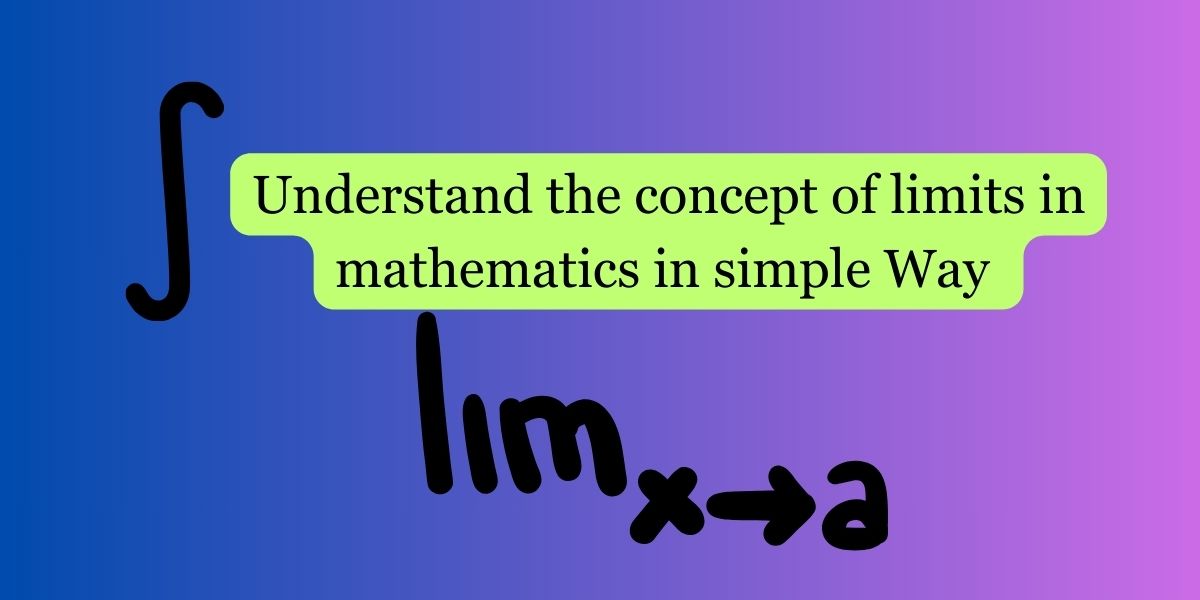Imagine you have a toy robot, and this robot loves to march forward. However, it can’t march forever without stopping. Let’s call the distance it marches “D,” and the time it takes to march that distance “T.”
Now, let’s play with the idea of speed:
- Start of the March (Setting Up):
- You set up a starting point for your robot and press a button to start its march. This starting point is like the beginning of our journey, let’s call it “t = 0.”
- Counting Steps (Seeing the Process):
- As the robot marches forward, you count its steps every second. Each step represents a little distance it covers in one second. So, the distance “D” and time “T” are changing.
- Getting Faster and Faster (Increasing the Fun):
- Initially, the robot might take smaller steps, but as you continue counting, it starts taking bigger steps, marching faster and faster. The speed is changing!
Now, let’s talk about limits:
- Distance (D): This is like the total distance the robot has marched.
- Time (T): This is the total time it took for the robot to march that distance.
Now, what if you want to know how fast the robot is marching exactly at the very moment when you say, “Stop!”? That’s where the idea of a limit comes in.
- Limit as T approaches 0: It’s like asking, “What would happen to the robot’s speed if we count its steps for an incredibly tiny amount of time, almost like saying ‘stop’ in an instant?”
So, limits in math help us figure out what’s happening to a process, like our robot’s march, at a specific moment or as we get really, really close to that moment. It’s like trying to catch the exact speed of our robot right when we decide to stop counting steps. Math helps us understand things even when they’re changing really, really fast or really, really slow!


No responses yet